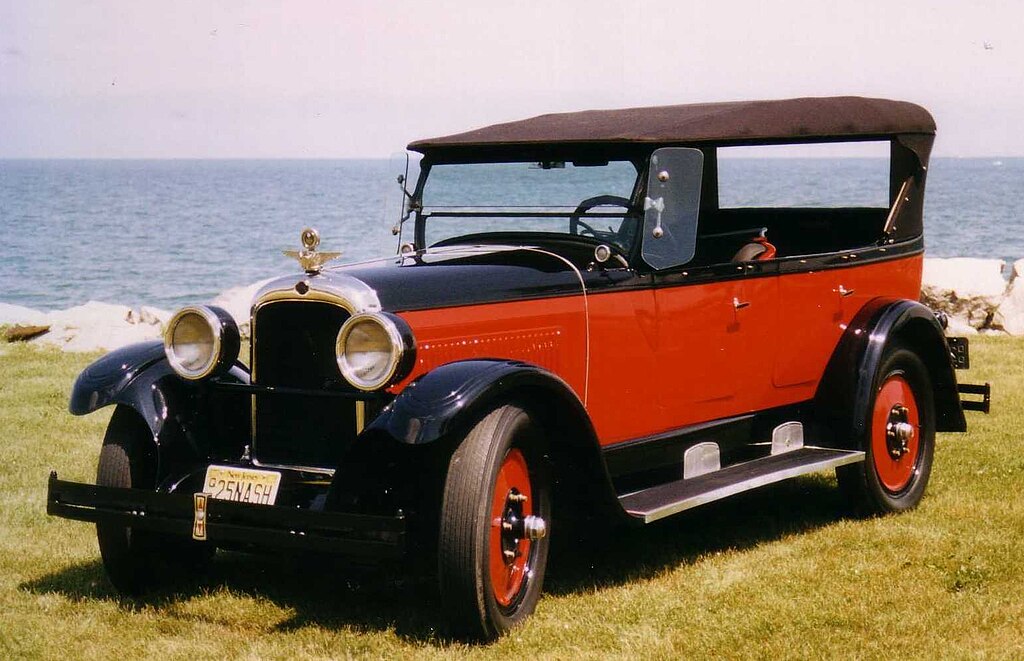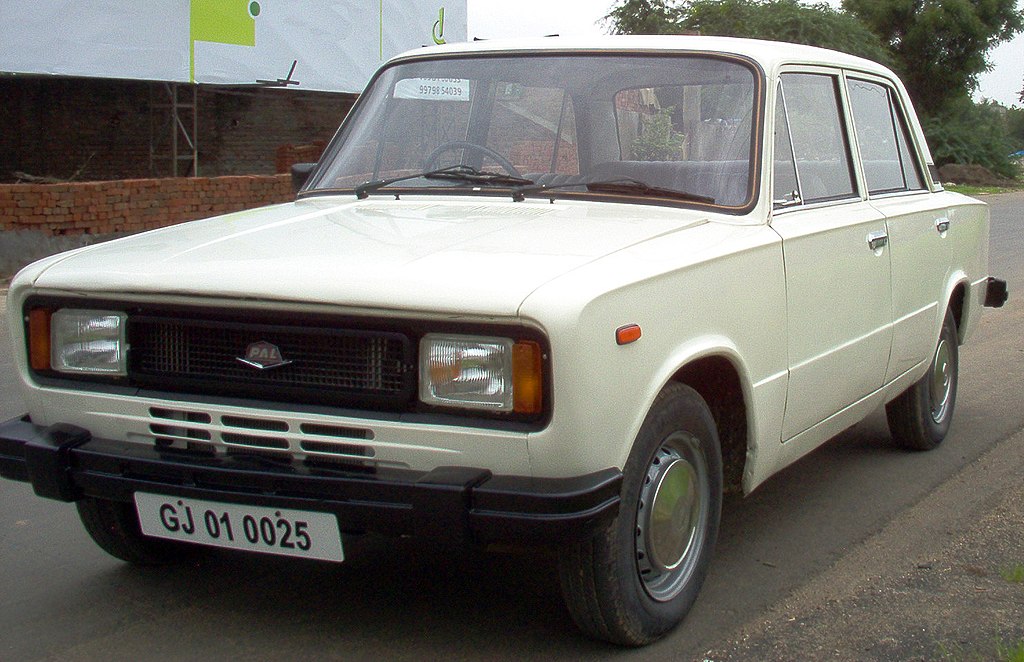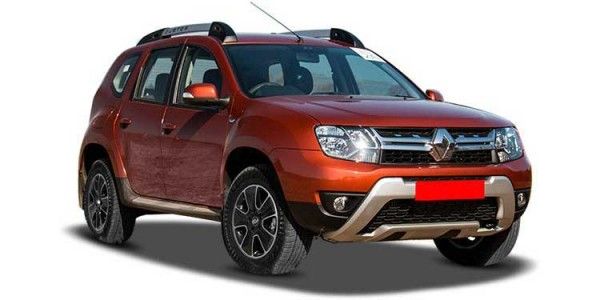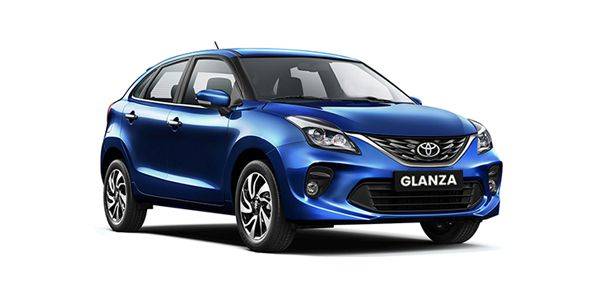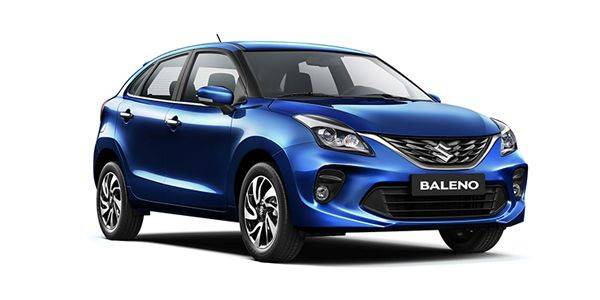Hydrogen the element
having the atomic number 1 is the also the number 1 substance which can be used
for the mobility purposes by being used as a fuel for vehicles. It is the most
abundantly available chemical in the universe. Most of the hydrogen on Earth
exists in molecular forms such as water or organic compounds
Coming to Mobility,
many of us know that hydrogen has been used as a rocket fuel since many years.
A very few people know that before being used in rockets, Swiss inventor
Francois Isaac de Rivaz in 1807 designed the first 4-wheel prototype that ran
on hydrogen and oxygen gas. This was a vehicle which consisted of an internal
combustion engine which used oxygen and hydrogen gas in the engine compared to
todays engines which use Petrol or Diesel along with oxygen.
 |
| First Hydrogen Vehicle |
In 1860, Frenchman
Etienne Lenoir developed the 3-wheel Hippomobile. In this vehicle the novelty
was that the hydrogen was created for the car by electrolysis of water and the
resulting gas was run through the combustion engine. In 1966 General Motors
created the first hydrogen fuel cell car. Though fuel cells have been around
since the early 1800’s, General Motors was the first to use a fuel cell to
power a vehicle.
 |
| General Motors Electrovan |
Technology has come a
long way and now and the fuel cell technology is becoming popular and more
advanced with time. The first FCV used one hydrogen cylinder and one oxygen
cylinder whereas todays FCV technology uses the oxygen from the air in the
atmosphere making the system more efficient and light.
After fossil fuels the
current trend is to switch to electric vehicles and Hybrids, But the problem
currently in country like India is that most of our power is generated from
coal powered electricity generation plants which leads to a lot of pollution
and does not solve the problem of improving the air quality. Secondly the
battery charging process is very slow and there are no charging stations
available in the country and the range is also very less.
 |
| EV powered by Coal Power |
The beauty of hydrogen
fuel cells is that you get electricity, heat and (potable) water as outputs
with hydrogen and oxygen as inputs. Hydrogen Fuel Cell vehicles generate
electricity using compressed hydrogen from the tank and oxygen from the air and
that electricity helps to power the motor mounted on the vehicle. They are also
called as Zero Emission vehicles.
These vehicles have a
complex design as have a lot of components and are also expensive, but in a
long run are better as Hydrogen used in fuel cells has an energy to weight
ratio ten times greater than lithium-ion batteries. To conclude, hydrogen fuel
cells offer a potentially very clean, energy dense and easy and fast recharge
energy source for vehicles and other systems, but are currently complicated,
expensive and somewhat dangerous to operate, but I think with the advancements
and development it will be the future of mobility.
Leading car
manufacturer Hyundai Motor has launched its new generation Nexo Fuel Cell
vehicle. The Nexo fuel cell SUV delivers the world’s best fuel cell efficiency
and a driving range of 666 km. Its dedicated vehicle architecture delivers
improved power-to-weight ratio, faster acceleration and cabin space. Aside from
water, the Nexo has zero tailpipe emissions. And what’s more, it also filters
and purifies the air as it drives.
